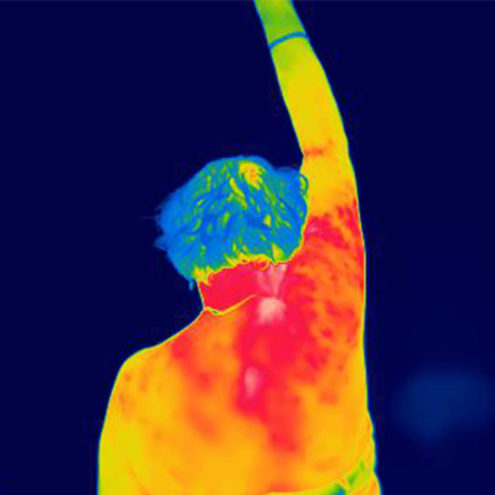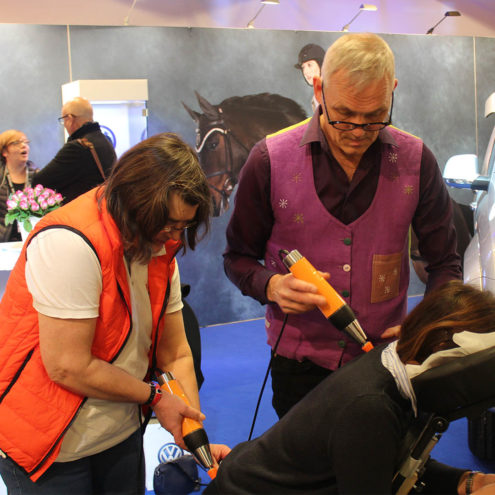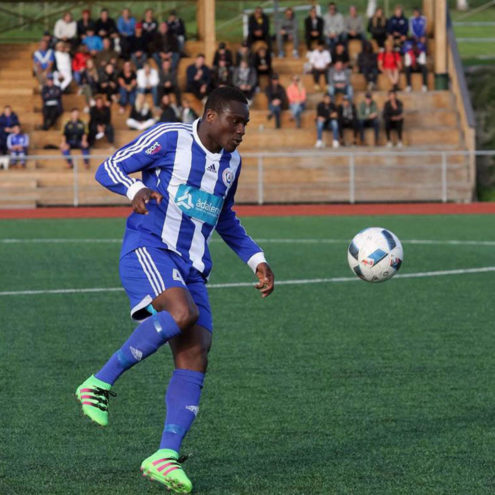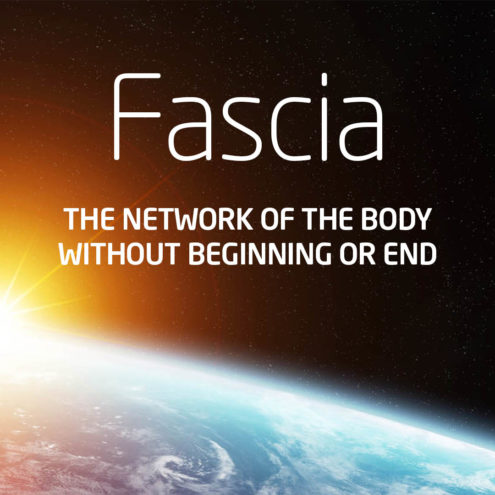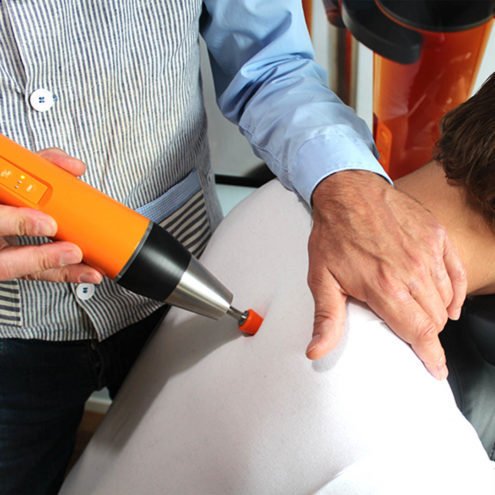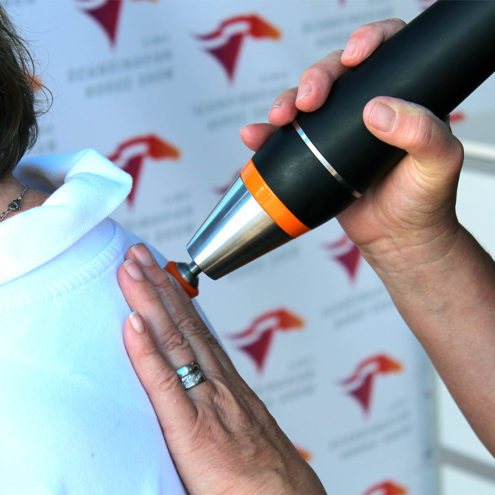Spondylotic neck

Spondylosis of the neck, also known as cervical spondylosis, is a medical condition that affects the vertebrae of the neck, especially in people with advancing age. This condition can cause pain and discomfort in the neck and also affect upper limbs. In this article, we will explore what Spondylosis of the neck is, its common symptoms, causes, when to seek treatment, how Fascia Clinics can help, and exercises that may be beneficial.
What is Spondylosis of the neck?
Spondylosis of the neck, or cervical spondylosis, is a degenerative age-related change that affects the vertebrae of the neck and the surrounding structures. As the neck has a high degree of mobility and is subject to high stress, it is particularly susceptible to these changes. Cervical spondylosis can lead to degenerative changes affecting the intervertebral discs, joints and other structures in the neck. This condition can be painful and affect mobility, which has a major impact on everyday life.
Read more about Spondylosis
What are common symptoms of Spondylosis of the neck?
The most common symptoms of Spondylosis of the neck include:
Neck pain and stiffness
Pain that can radiate to the shoulders and arms
Headaches, especially from overloading the neck muscles
Difficulty twisting or bending the neck
Numbness or tingling in the arms and hands
Weakness in the arms and hands
Common Causes of Spondylosis of the Neck
There are several factors that can contribute to the development of cervical spondylosis. Ageing and natural wear and tear of the spine is a common cause. Neck injuries or overuse, such as whiplash injuries or repetitive strain, can also increase the risk. Poor posture, especially when working at a desk or using a cell phone, can also be a contributing factor. Heredity may also play a role, and people with other medical conditions such as arthritis or osteoporosis may be at increased risk of cervical spondylosis.
When and where should I seek treatment for Spondylosis of the neck?
It is important to seek treatment if you experience persistent neck pain or other symptoms of Cervical Spondylosis. A doctor or specialist can diagnose the condition and evaluate its severity. Treatment options for cervical spondylosis may include a combination of self-care, medical treatments and therapeutic interventions. Medical treatments may include pain medications, muscle relaxants and sometimes steroid injections to reduce inflammation and pain. Physiotherapy and chiropractic care may be helpful to improve mobility and strength in the neck. In some cases, surgery may be an option if symptoms are severe and do not improve with conservative treatments.
How can we at the FasciaClinics help you with Spondylosis of the neck?
At FasciaClinics, we have expertise in treating musculoskeletal conditions with a focus on fascia, the connective tissue that surrounds and supports muscles and organs. Our goal is to reduce pain, increase mobility and improve your quality of life.
Fascia treatment can be an effective complementary treatment method for cervical spondylosis. The treatment focuses on reducing tension and adhesions in the fascia around the neck and spine. Going for fascia treatment also helps with improving mobility, reducing pain and increasing the overall function of the neck. A fascia treatment is often experienced as very gentle and non-invasive.
What can I do myself for Spondylosis of the neck?
There are several things you can do yourself to manage Spondylosis of the neck and relieve its symptoms. Self-care can include avoiding overuse, maintaining good posture, performing exercises to strengthen and improve mobility in the neck, and using hot or cold compresses for pain relief.
Exercises for Spondylosis of the Neck
There are specific exercises that can be beneficial for strengthening the neck muscles, improving mobility and reducing pain. These include neck stretches, shoulder rolls and exercises that improve posture. It is important to perform these exercises with proper technique and under supervision if necessary.
FAQ – Spondylosis of the Neck
Är spondylos i nacken ärftligt?
Spondylos i nacken kan ha en genetisk komponent, vilket innebär att det kan förekomma inom vissa familjer. Även om genetik kan öka risken för att utveckla detta tillstånd, är det inte den enda faktorn som spelar roll. Åldrande, överbelastning och tidigare nackskador kan också bidra till Spondylos i nacken.
Vad är Spondylartros?
Spondylartros är en annan term som ibland används för att beskriva förändringar och degeneration i ryggraden, inklusive i nacken. Det liknar cervikal spondylos och avser nedbrytning av de mellankotskivor och leder som utgör ryggraden. Det är viktigt att förstå att termerna kan användas omväxlande och hänvisa till liknande tillstånd.
Vad är spondylos i nacken?
Spondylos i nacken, eller cervikal spondylos, är en degenerativ åldersrelaterad förändring som påverkar nackkotorna och de omgivande strukturerna. Detta tillstånd innebär vanligtvis nedbrytning av de mellankotsskivor som fungerar som stötdämpare mellan nackkotorna. Resultatet kan vara ökad friktion och slitage på ryggraden, vilket leder till smärta och obehag i nacken.
 Search
Search

